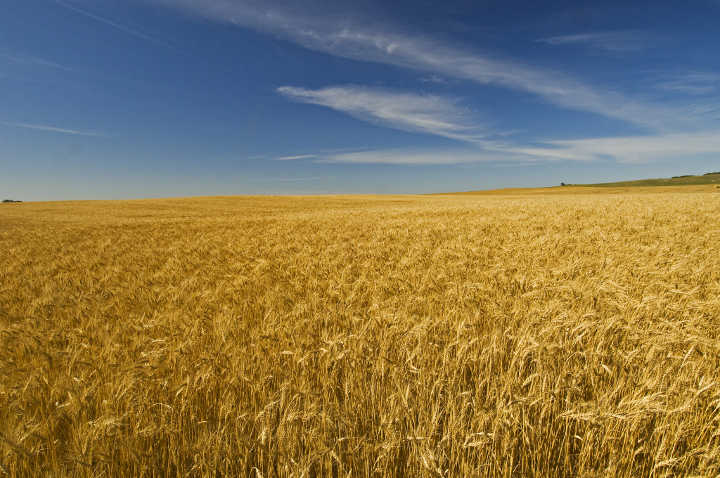A review published in the journal Advances in Agronomy highlights findings from the enduring Broadbalk field experiment at Rothamsted, demonstrating the viability of sustaining or enhancing wheat yields for almost 200 years using either inorganic fertilizers or organic manure. As stated on Rothamsted Research, to accomplish this, adjustments in management practices within certain aspects of the experiment have been necessary to address soil acidity, weed infestation, and disease outbreaks.
“Long-term experiments (LTEs) are a vital source of information for assessing the sustainability of agricultural systems,” said Paul Poulton, the lead author on the paper. quoted on Rothamsted. “This review clearly demonstrates that headlines suggesting that we have only a limited number of harvests left are not true in a general sense and that even modest inputs of fertilizer and agrochemicals can maintain crop yields.”
Commencing in 1843, the Broadbalk Wheat Experiment stands as the world’s oldest ongoing Long-Term Experiment (LTE). Its site is partitioned into 20 strips, each subjected to varying treatments of nitrogen (N), phosphorus (P), and potassium (K). One strip serves as a control, receiving no application since the experiment’s inception. Adjacent to it, another strip has been enriched with cattle-based farmyard manure from the outset, initially intended for comparison with chemical applications and predating the organic movement by nearly a century.
In 1968, major modifications were made to the experiment to align with modern agricultural advancements. These changes encompassed the adoption of short-straw winter wheat varieties, implementing crop rotation with other crops alongside wheat, and experimentation with higher nitrogen (N) fertilizer rates, reaching up to 288 kg N per hectare. Additionally, the utilization of herbicides and other agrochemicals was introduced, albeit restricted to selected sections. Regular liming practices persisted to uphold a neutral soil pH.
The new review reports crop yields and soil changes since 1968 and summarizes other studies including the incidence of weeds, pests and crop diseases, effects of treatments on nitrate and phosphate movement to drainage water, greenhouse gas fluxes, measurements of N and sulphur (S) inputs from the atmosphere, and many other factors.
The transition to short-straw wheat varieties resulted in a doubling of grain yields. Typically, continuous wheat yields demonstrated a tendency to rise with nitrogen (N) rates up to 240 or 288 kg per hectare, whereas the first wheat crop in rotation after a two-year hiatus often required less nitrogen to achieve peak yield. Presently, top yields surpass 12 tonnes per hectare in certain years.
However, where manures have been applied for many years or where the largest amounts of nitrogenous fertilizer have been added, the risk of losses of nitrogenous compounds into the drainage system is high. Such an observation was possible as the experiment has a facility to collect drainage water from one section of treatments.
In a soil likely under arable cultivation for centuries prior to the experiment, soil organic carbon (SOC) levels were relatively modest, approximately around 1%. Over many years, applying manures to certain plots notably boosted carbon stocks by approximately threefold. With escalating nitrogen fertilizer applications, crop sizes and stubble quantities increased. Roots were ploughed-in, leading to increases in soil carbon. Soil organic matter in some treatments has been in equilibrium for many years.
“The experiment and the data from it, together with the archive of crop and soil samples, continue to provide scientists with a valuable resource to increase our fundamental understanding of agricultural systems as well as providing a sound basis for practical management strategies for improving sustainability,” said Poulton.











